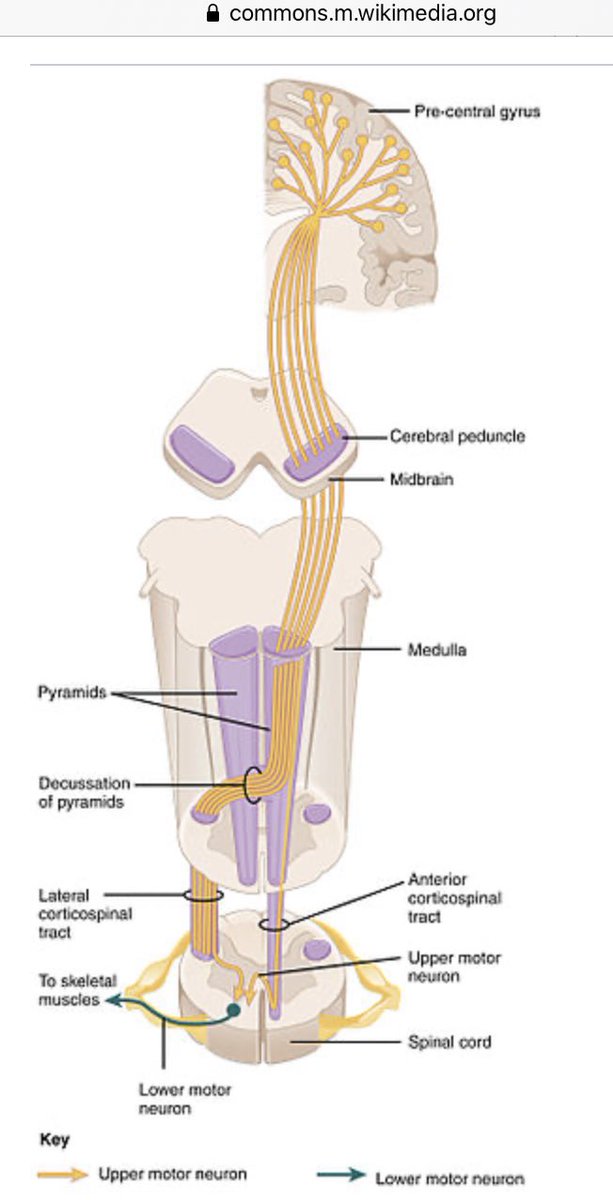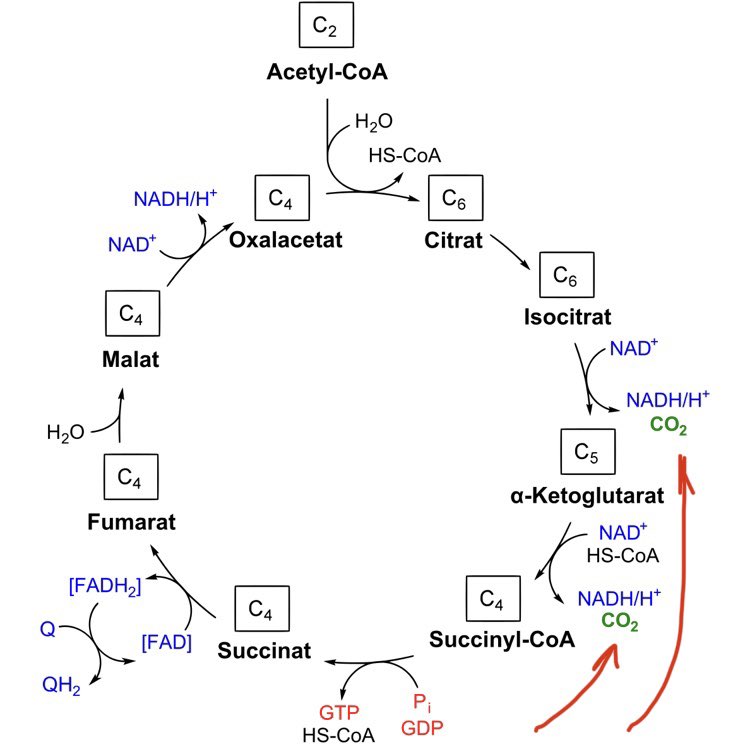As you turned the corner on the second flight of stairs, you felt your breath pull a little deeper, the next one come a little earlier. Your heart said  , bounding softly in your neck.
, bounding softly in your neck.
Ten seconds down the hall, all that faded. You were back to mulling some thought.
1/
 , bounding softly in your neck.
, bounding softly in your neck.Ten seconds down the hall, all that faded. You were back to mulling some thought.
1/
But hold on. Let’s pause for a minute and retrace the steps.
A lot happened before the extra breath and the tug in your neck caught your attention.
And it’s all so damn cool.
2/
A lot happened before the extra breath and the tug in your neck caught your attention.
And it’s all so damn cool.
2/
At the foot of the stairs, anticipation of exertion  and the stretch of muscle fibers
and the stretch of muscle fibers  sent a signal to the sympathetic nervous system: start the car.
sent a signal to the sympathetic nervous system: start the car.
3/
 and the stretch of muscle fibers
and the stretch of muscle fibers  sent a signal to the sympathetic nervous system: start the car.
sent a signal to the sympathetic nervous system: start the car.3/
Then your brain made your legs move.
Basal ganglia . Pre-frontal motor cortex
. Pre-frontal motor cortex thru internal capsule, brainstem
thru internal capsule, brainstem  , corticospinal tract.
, corticospinal tract.
Alpha-motor neuron thru spinal root and nerve to neuromuscular junction.
thru spinal root and nerve to neuromuscular junction.
Acetylcholine+ =
=
Actin + myosin shorten. ATP releases.
3/
Basal ganglia
 . Pre-frontal motor cortex
. Pre-frontal motor cortex thru internal capsule, brainstem
thru internal capsule, brainstem  , corticospinal tract.
, corticospinal tract.Alpha-motor neuron
 thru spinal root and nerve to neuromuscular junction.
thru spinal root and nerve to neuromuscular junction.Acetylcholine+
 =
=
Actin + myosin shorten. ATP releases.
3/
Your big muscles doing work led to two things.
First, locally released vasodilatory substances made a new path of least resistance for your cardiac output. More blood flowed there, less everywhere else.
..but only for a second.
4/
First, locally released vasodilatory substances made a new path of least resistance for your cardiac output. More blood flowed there, less everywhere else.
..but only for a second.
4/
The pressure receptors in your aorta and carotids felt the drop. Less  up the vagal and glossopharyngeal nerves disinhibited sympathetic outflow from the brainstem.
up the vagal and glossopharyngeal nerves disinhibited sympathetic outflow from the brainstem.
Foot on the gas. The spike in norepinephrine made your heart squeeze harder and faster.
5/
 up the vagal and glossopharyngeal nerves disinhibited sympathetic outflow from the brainstem.
up the vagal and glossopharyngeal nerves disinhibited sympathetic outflow from the brainstem. Foot on the gas. The spike in norepinephrine made your heart squeeze harder and faster.
5/
Your cardiac output doubled, to make sure to still send the usual 5 L/min to the brain and kidneys and such on top of the extra 5 L/min your legs were suddenly siphoning.
Then when your legs stopped siphoning, you felt some extra pep go up your carotids.
6/
Then when your legs stopped siphoning, you felt some extra pep go up your carotids.
6/
And all of this was to bring extra O2 and fuel to the muscles (without making you faint). But what happened to those?
O2 + glucose CO2 + H2O.
CO2 + H2O.
A little electron transporting here, a little Kreb’s cycling there made this happen.
7/
O2 + glucose
 CO2 + H2O.
CO2 + H2O.A little electron transporting here, a little Kreb’s cycling there made this happen.
7/
And the Kreb’s cycle has a little byproduct that the body likes to keep in a very exact range: CO2.
8/
8/
As the extra CO2 coursed through your , peripheral receptors told your medulla that your pCO2 was now 42 and not 40. Two sec later, 44. Uh-oh.
, peripheral receptors told your medulla that your pCO2 was now 42 and not 40. Two sec later, 44. Uh-oh.
Chemoreceptors in medulla itself sensed a pH of 7.33. Some of that was from the CO2... some from a little lactate in the mix.
9/
 , peripheral receptors told your medulla that your pCO2 was now 42 and not 40. Two sec later, 44. Uh-oh.
, peripheral receptors told your medulla that your pCO2 was now 42 and not 40. Two sec later, 44. Uh-oh.Chemoreceptors in medulla itself sensed a pH of 7.33. Some of that was from the CO2... some from a little lactate in the mix.
9/
Nearby, the pontine respiratory groups got the message, and signaled your diaphragm and company to breathe deeper and faster. To blow off more CO2 and bring it (and the  pH) back to set point.
pH) back to set point.
10/
 pH) back to set point.
pH) back to set point.10/
One of the things that can make us feel aware of our breathing (or feel short of breath) is a mismatch between ventilatory demand and ventilatory reality. In this case, it was mild and transient, as your compensation caught up and the exertion soon ended.
11/
11/
There’s a lot of other things that happened and changed on those stairs and in the hallway after (... and every second since).
Being aware of even a small fraction of it can bring wonder and aesthetic joy.
12/fin
Being aware of even a small fraction of it can bring wonder and aesthetic joy.
12/fin

 Read on Twitter
Read on Twitter



